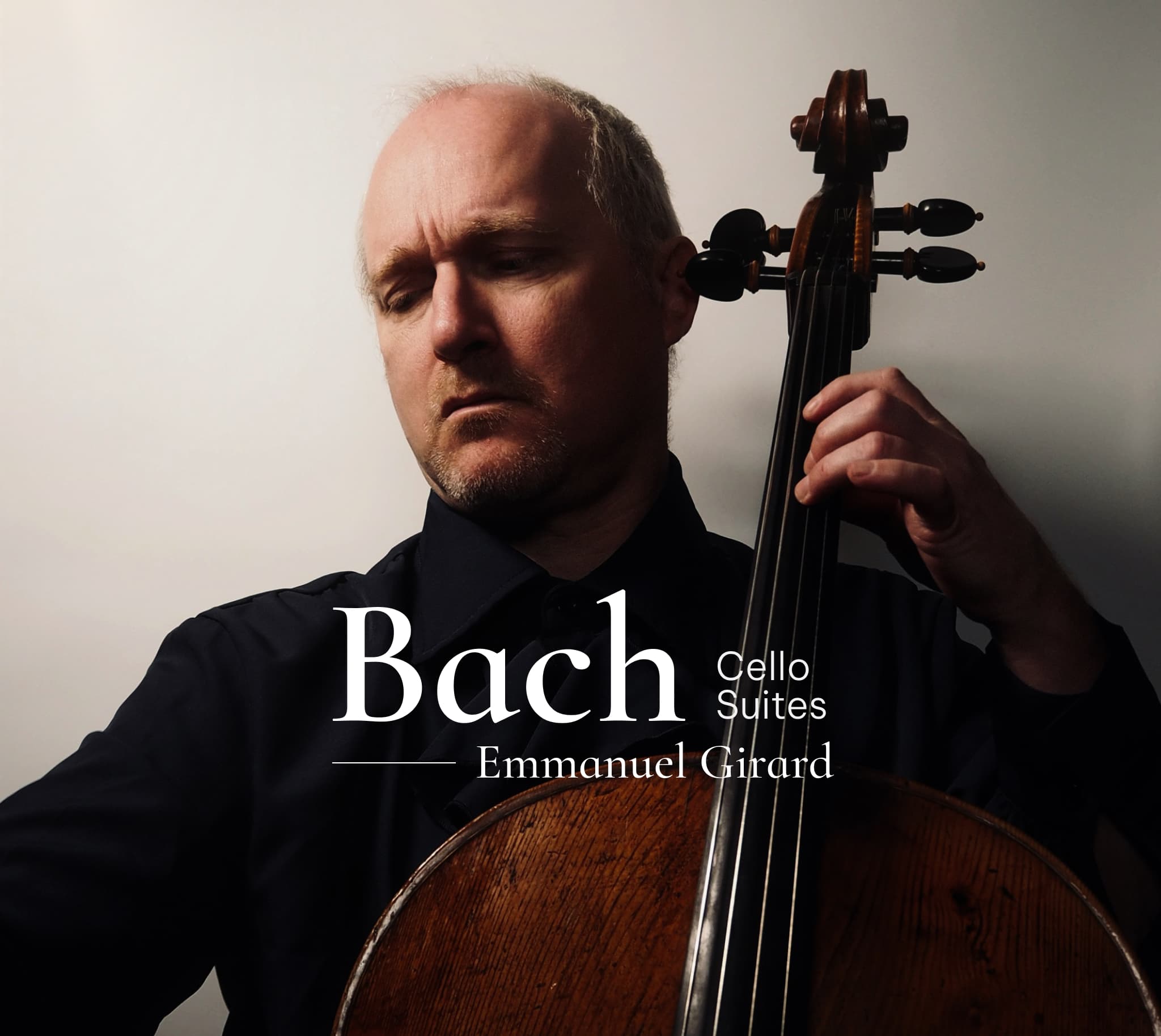20th Century Folk Cello Solo
Listen on your favorite streaming platform
Details
The idea behind this recording is to gather a variety of tones going from a deeper chord 'scordatura' of the Kodály Sonata to the Harp, the Cimbalom, the Guitar but also traditional instruments like the Bagpipes, the Shamisen or the Chonguri. The Cello's rich amount of various tones can allow this musical journey by plucking, friction on the string movement and even the flautando sound that mimics the Flaviol, a Catalan flute.
Zoltán KODÁLY (1882-1967)
Born in Kecskemét, he studies in Budapest where he nurtures his passion for profane and holy music thanks to the Cathedrals library. He self educates himself in cello, followed by the violin and the piano. He completes his thesis on the strophic structure of popular songs, meets Bartok with whom he travels the country-side up to Transylvania and Romania seeking traditional popular songs that he will later use to produce several scores.
His Chorus work is the most relevant, any given symphonic pieces (a symphony in Ut from 1960 with a very classical faction), his works of chamber music is a fusion between classical types and the spontaneity of popular music. Two quartets opus 10, a serenade for two violins and viola opus 12 and his masterpiece from its first maturity period: the sonata for Cello opus 8.
The use of the sonata form is very open, sort of a speech that flows with the improvisation, the music bar lines being not perceived by the listener. The result gives us music with a grand form of freedom, combining the flexibility of diction to the clarity of the construction and thematic unity. The basic tone is B minor (with a scordatura' chord: the two deeper strings being brought down by half a tone), with modal influences (phrygian mode essentially), many polytonal chords, a very free treatment of the tonal order. The Cello then sees itself changed into many instruments (guitar, harp, cimbalom, bagpipes) and even a tzigane group playing the Verbunkos' (a traditional Hungarian dance).
Therefore the ways of playing are consistentlychanging : on the bridge, on the fingertaste, harmonic composed, pizzicato left hand, trills, tremolo, offset chords, with the objective being to seek out the ways of the instruments used for popular music, and to play on all of these tones to give the illusion of polyphony mixing art music and traditional music.
Gaspar CASSADÓ (1897-1966)
Born in Barcelona, Gaspar Cassadó studies the Cello with Pablo Casals amongst others in Paris.Composing essentially for his own instrument, his music is influenced by Falla and Ravel. He was the spouse of Japanese pianist Chieko Hara. His music is inspired by Catalan Folklore and Spanish dances. The Unaccompanied Suite for Cello (1926) is divided into three movements, written in reminiscence of the Suite of the baroque dance that surfaced in the 17th Century.
The first movement Preludio e Fantasia unravels in a very free manner, such a declamation of flamenco on the Guitar, accentuated and punctuated by arpeggiated tones reflecting the feeling of improvisation. The second, Sardana - Catalonia's national dance - begins with an imitation of the Flaviol (a catalan flute played with one hand, the other playing the tambourine) to follow up with a rougher dance in two time. A more nostalgic dance will come in before coming back to the more initial dance, oscillating between the burlesque and the gracious. The third movement (Intermezzo e danza finale), after a slow and very vocal introduction in B minor exposes a theme both calm and moving in 5 time. The Allegro marcato on a popular dance in three time reminds us of eighth castanets, the theme of tranquility comes back harmonized in A minor, then it's more and more lighthearted, this after-part finishes 'agitatissimo' but in D minor, ranging up to the end on this nostalgic music.
Toshiro MAYUZUMI (1929-1997)
A native of Yokohama, Toshiro Mayuzumi studies at the Tokyo University of Art and Music then with Tony Aubin at the National Music
Conservatory in Paris. He is interested in musique concrète, and is mentored by Pierre Schaeffer. Within the 12-tone technique that he adopts, he integrates diverse elements of 20th century music, writing electronic music (for the Clavioline), a few pieces for magnetic tape, he also uses the prepared Piano in a play.
Bunkaru (1960) is an adaptation of the Shamisen technique on a western instrument. It's the Biwa that accompanied the start of every puppet show, very popular during the Ere of Edo in the 17th century in Japan. The Biwa was slowly replaced by the Shamisen, to which joined the Koto, Flutes and Drums. Here, thanks to the left handed pizzicato, the Cello can follow on the singing, and lead the dance thanks to pizzicato only, which gives the illusion of a small orchestra that reflect the puppet theatres or the Ningyô-jôruri, original name of the Bunkaru.
Sulkhan TSINTSADZE (1925-1991)
Composer and Georgian professor, Sulkhan Tsintsadze begins his career as a Cellist and then as a member of the State National String Quartet of Georgia. His music is a synthesis between the popular music of his country and the heritage of 20th century composers such as Bartók and Shostakovich. The current piece Chonguri carries the name of a four string unfretted Luth, more often played by Georgian women from the West, on the other hand the Panduri, a three string fretted Luth, was played by men. Both instruments can realize the accompaniment and can play the solo pieces.
Chonguri is a movement excerpt from 5 pieces from folk themes written to the russian cellist Danil Shafran. It is exclusively in pizzicato, a perfect imitation of the traditional Georgian instrument.



